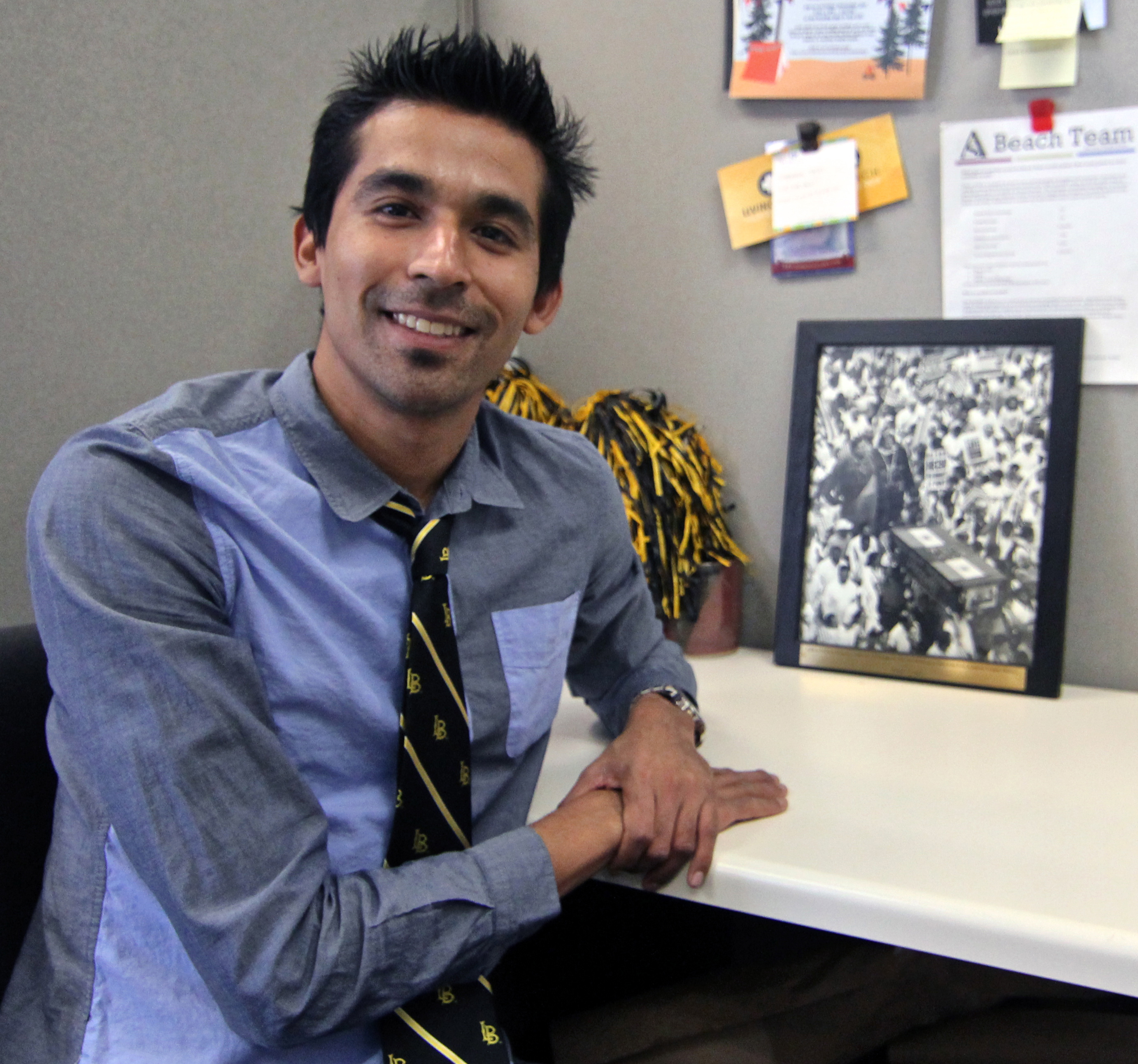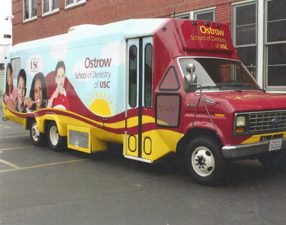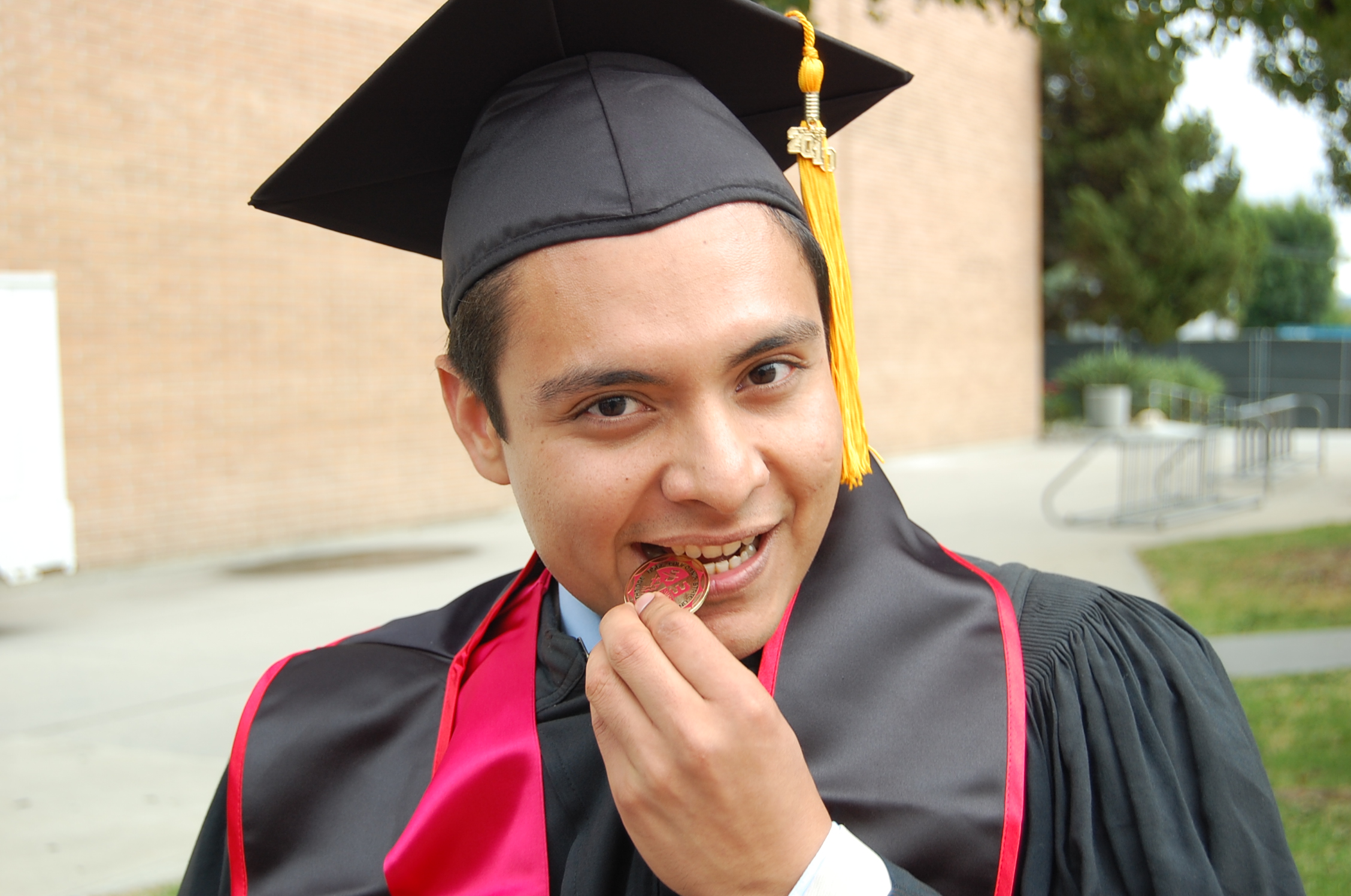By Martha Maciel
El Nuevo Sol
Monica Vaca, 21, is currently attending the University of California San Diego and is double majoring in psychology and sociology. Vaca is part of the 35 percent of Latino high school graduates in the age group of 18-24-years of age who are enrolled in college compared to 46 percent of whites. Vaca graduated in 2007 from Dominguez High School in Compton, California.
“There is an appearance that we are a district of high quality,” said Vice-Principal Jose Luis Gallegos, of Davis Middle in School, in Compton and former high school teacher of Dominguez High. “But in reality we’re in the bottom five percent in the State of California. Up to 85 percent of the students receive free food. We are a very poor community.”
In the most recent graduation rates done in 2007-2008 by the California Department of Education showed that Compton Unified School District (CUSD) has a drop-out rate of 46.8 percent.
Gallegos says that the CUSD doesn’t set high expectations on students and that no one challenges them to do better. “I recall having a lot of teachers that cared about giving students a decent education but it was not an overwhelming amount. There were more teachers that could care less if students attended class, their focus was more on whether students misbehaved,” said Vaca.
Gallegos says that the CUSD has a lot of money but thinks it’s not distributed correctly and is not offering the services that should be offered.
Some of the causes that contribute to students not attaining a higher education are due to economic and social factors. In the research done by the Hispanic Journal of Behavioral Sciences College Orientation Profiles of Latino Students From Low Socioeconomic Backgrounds: A Cluster of Analytic Approach, stated that “financial limitations are one reason why Mexican-American college students often terminate their education.”
“It was hard for me to keep up with school and a full-time job, so I decided to take a break from college,” said Christian Velasquez, 22, who use to attend Cerritos Community College.
According to the Leaks in the Chicana and Chicano Educational Pipeline, out of the 40 percent of Latinos who enroll in a community college in California only 10 percent transfer to a four-year college.
Velasquez said that he felt he had to help his parents since they are old and having to work and go to school at the same time was stressful.
“I work almost 40 hours every week and the pay isn’t that great.” said Velasquez. Velasquez who also graduated from Dominguez High in 2006 says that no one in his family has attended college but hopes to return to school once his monthly payments decrease.
Other factors affecting in Compton are those that many other cities don’t have.
“They have gangs, drugs they have all these pressures that other communities like ours don’t have,” said Gallegos.” Half of the Latino adolescents drop out by grade 10. There is no one in our communities pushing them to prevail.”
“I remember sharing anecdotes from high school to my roommates in college and having to see how different school was for me. None of them were exposed to the amount of drug use, partying, murders, gangs, suicides and poverty that affected me and my community at Dominguez High” said Vaca.
The Leaks in the Chicana and Chicano Educational Pipeline research stated that “Within poorly maintained facilities, Chicana/os often enrolled in classes undertrained under credentialed faculty attempt to teach with minimal resources.” Vaca is an example of this, she says she felt at a disadvantage than other privileged kids that went to schools with more resources and with more teachers of quality.
The study further indicates that “Far too many Chicano/a students continue to be “tracked” into remedial or vocational trajectories.” The study points out that courses such as: Gifted and Talented Education (GATE), Magnet, Honors and Advanced Placement under enroll the Chicana/o students.
Vaca says that the positive side of attending school in the CUSD was that she searched and pushed for what she wanted.
“I had to bring in my mom just so I could get in Honors/AP classes.”
This issue helped Vaca not to follow into someone else’s footsteps.
The CUSD is currently offering GATE courses from grades 3-12 and honors courses.
“There is a great loss of bright kids that are underestimated and are not given the guidance that they deserve” said Vaca. “There were plenty of people that were smarter and with better grades that never even applied to college. I think it all falls under counselors and teachers, they should serve in motivating kids to think more of themselves and give them courage to apply.
You can view a map of the schools in the Compton Unified School District
View Compton Unified School District.
Tags: Compton Unified School District Education Latinos in Higher Education Martha Maciel

















